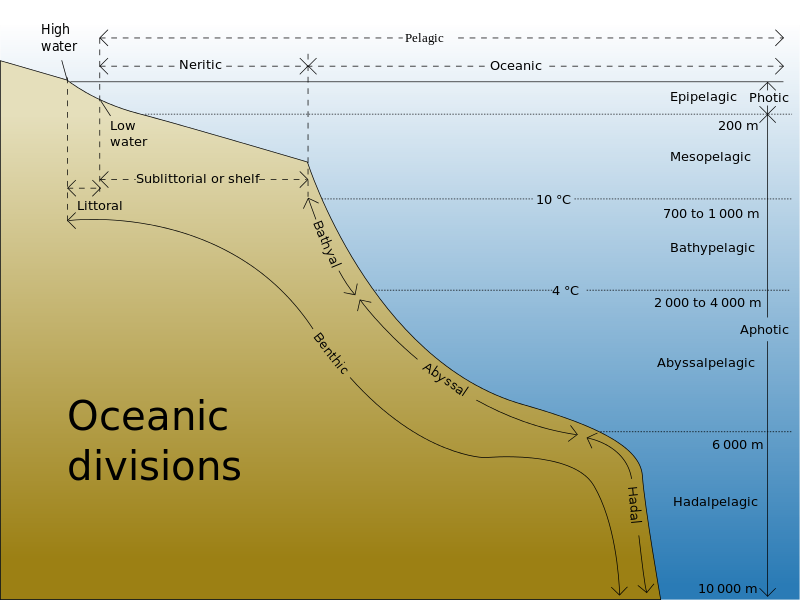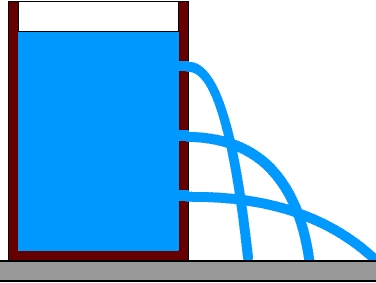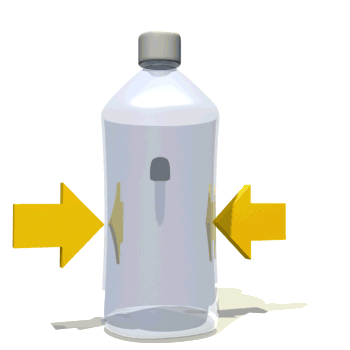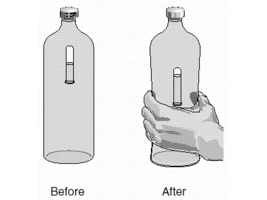You can contact LEARNZ, part of CORE Education, at:
Postal Address:
PO Box 13 678,
Christchurch 8141,
New Zealand
The deeper layers of the ocean have very high pressure. You can make an object sink or float by changing its density.
Pressure is a force. It is a force that pushes against a surface.
The air around planet Earth is pushed down by gravity to give us air pressure. The air pressure near sea level is 1 bar.
When you dive into the ocean a big change occurs.
In the deepest ocean the pressure is as high as an elephant balanced on a postage stamp, or the equivalent of one person trying to support 50 jet aeroplanes!
Buoyancy is the ability of something to float.
Why do some objects float? Why do some objects sink? It all has to do with density.
Density is how much stuff there is in a certain amount of space.
Gold has a density higher than water so it sinks. Wood has a density lower than water so it floats.
Watch this YouTube video on density
I’m thinking … imagine you had an object that floated. If you could make its volume smaller but keep its mass the same, could you make it sink?
Read on …
The Cartesian Diver shows a small ‘diver’ going up and down because of a change in water pressure.
Wow! Why does this happen?
Well .. at first the diver has enough air in it to make it float near the surface. It is positively buoyant.
An Argo Float is able to float and sink because it is like a Cartesian Diver. The density of the Argo Float is changed by reducing the volume of air inside it.

,The ocean is made up of different layers. Image source

,This is a demonstration of water pressure: pressure near the surface is less than the pressure deeper down. Image source

,Animated demonstration of a Cartesian Diver. Image source: was waydownsouth on wikispaces.

The Cartesian Diver. When the plastic bottle is squeezed, water pressure inside the bottle increases, the air bubble inside the diver gets smaller reducing the volume of the diver. Because Density=Mass/Volume, Mass is the same, volume less = higher density. The diver goes down. Image source
Next step learning: find out how SCUBA divers are able to change their buoyancy